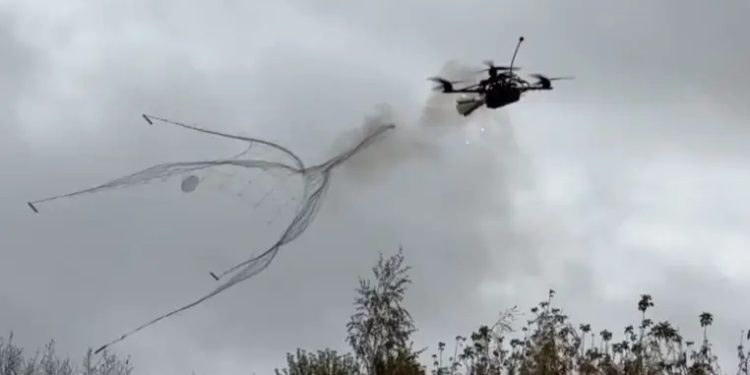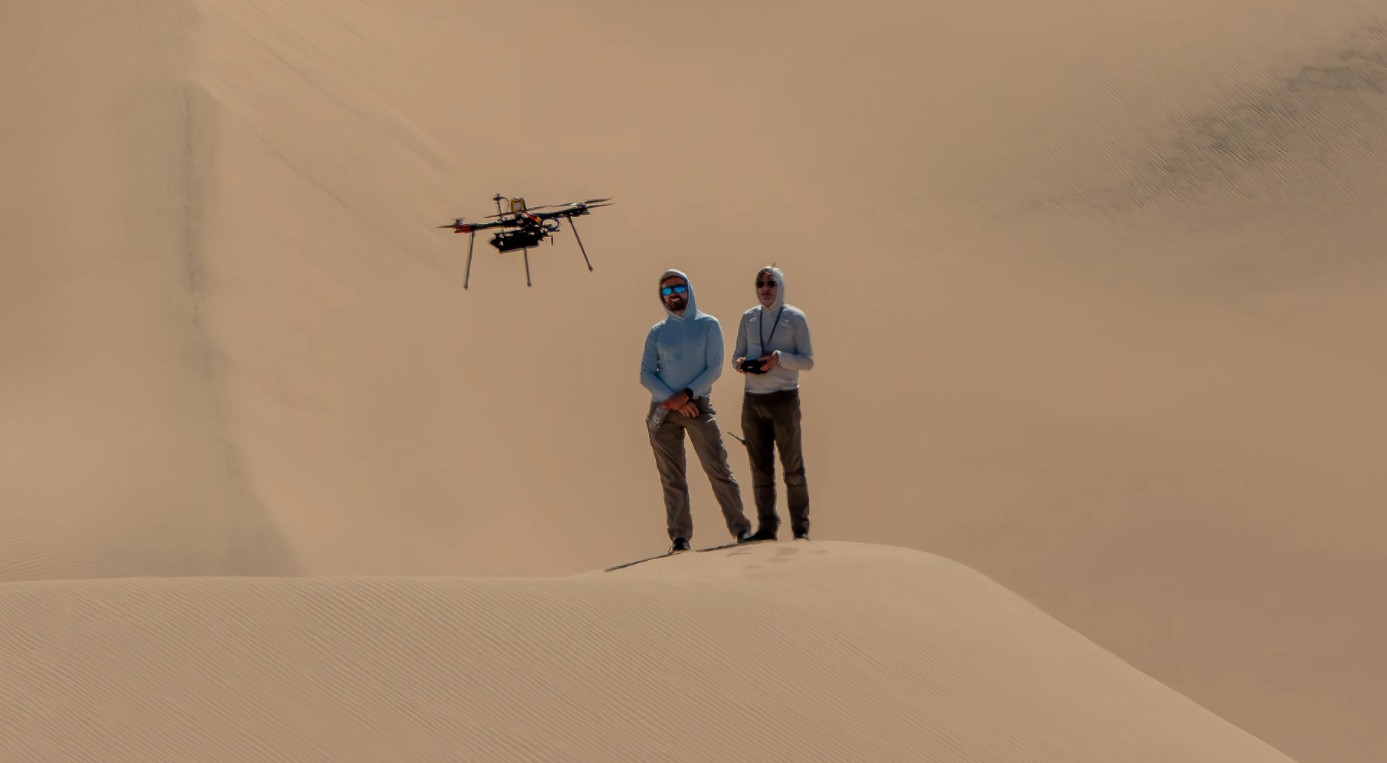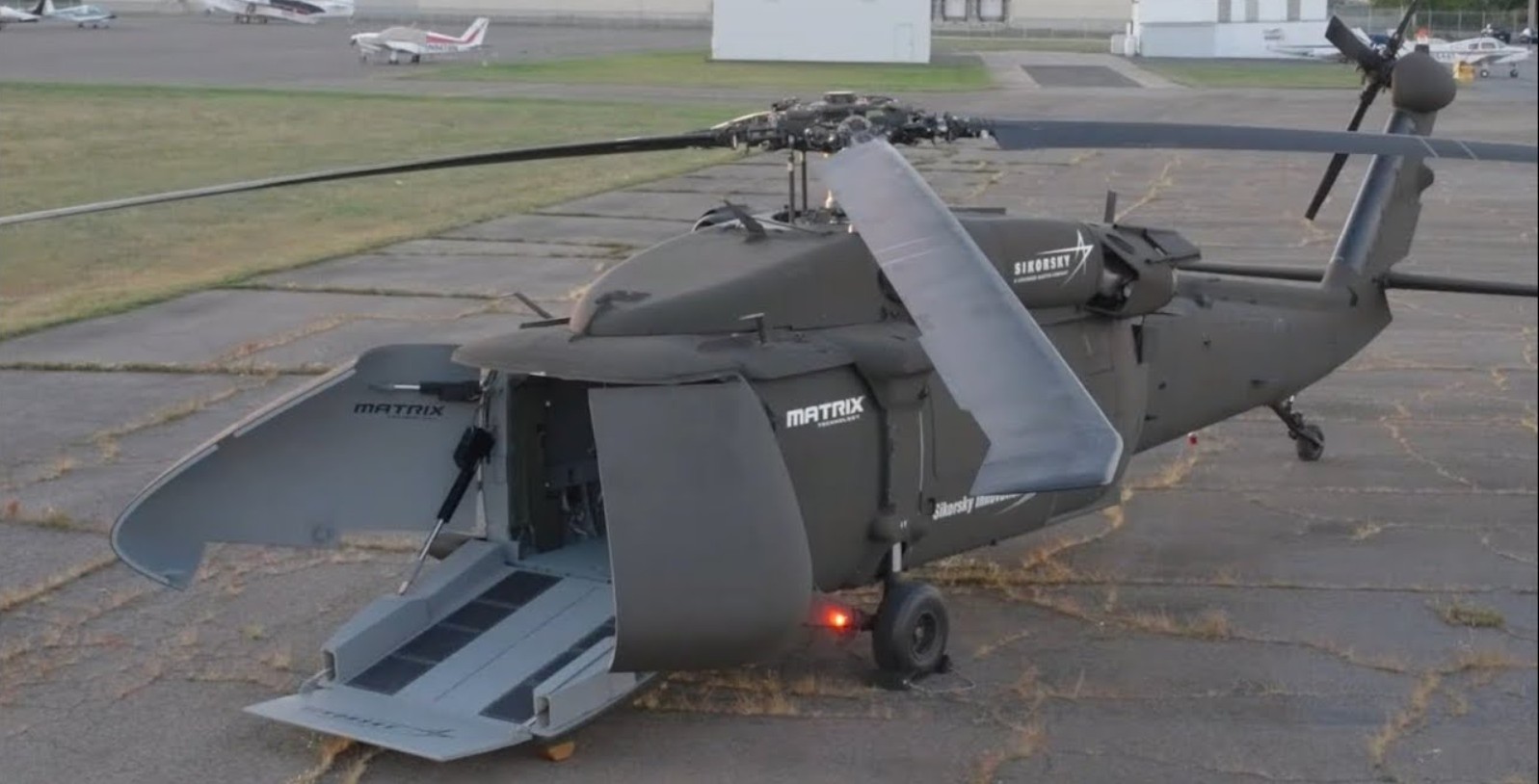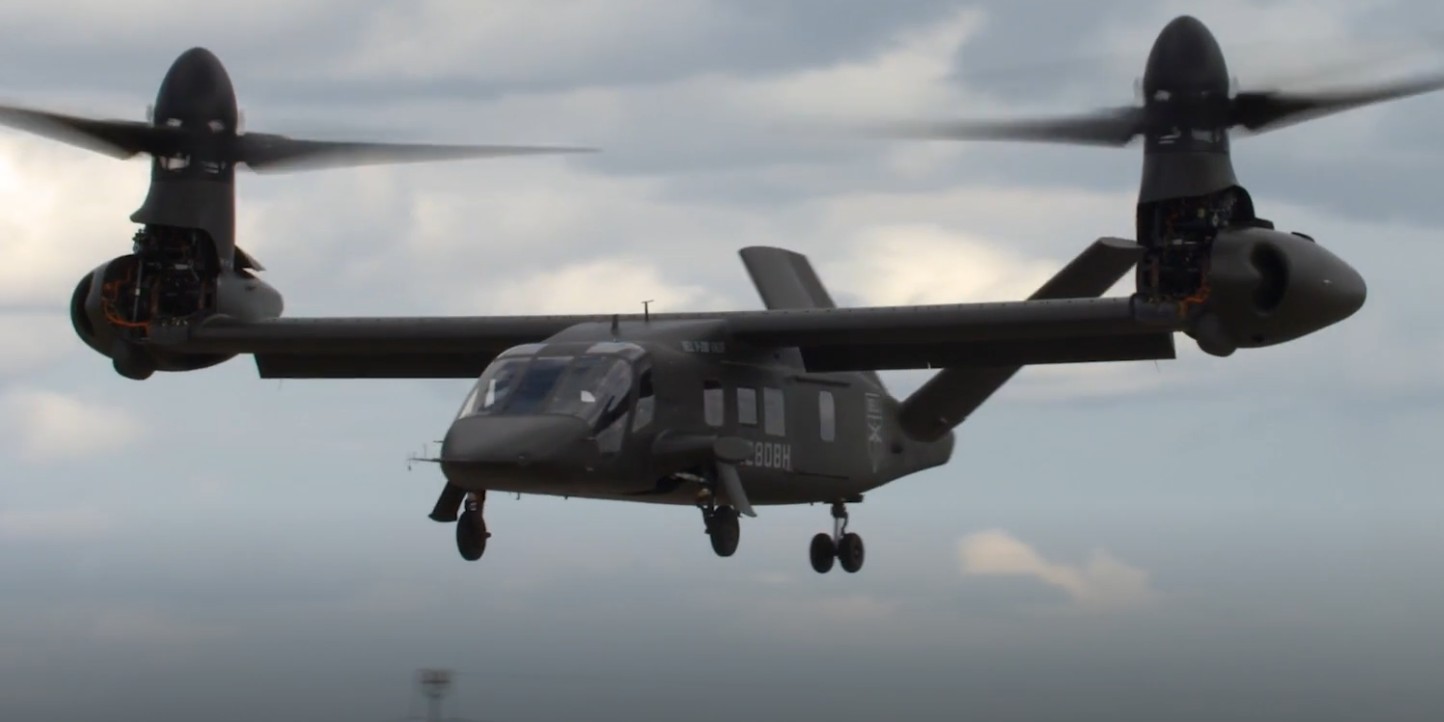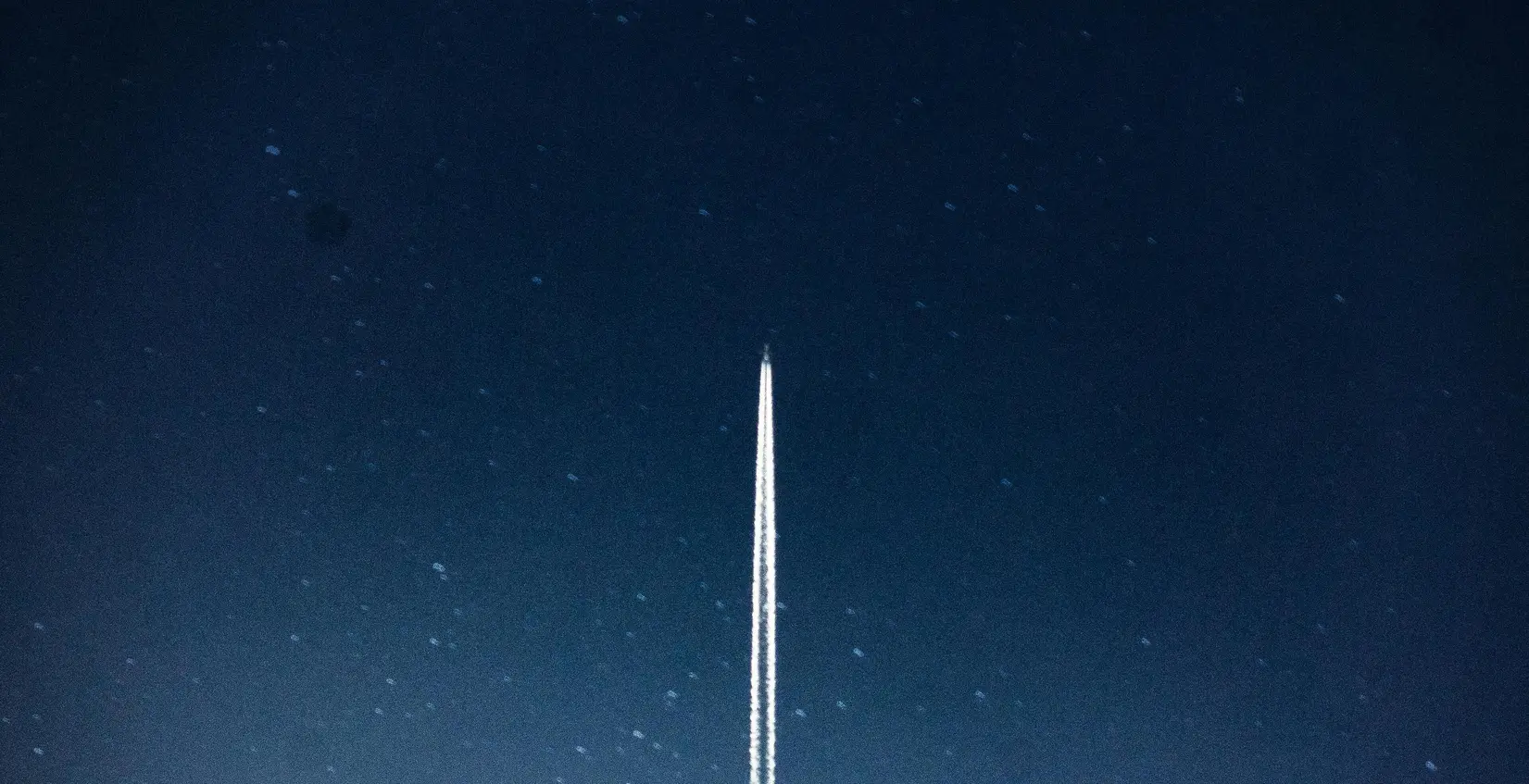In a world where drones have become as ubiquitous as smartphones, ensuring they are used safely and lawfully is a growing concern. Enter SKYNET, a revolutionary system developed to catch errant drones in mid-air, akin to how an angler deftly catches fish from a flowing stream.
The Rise of Drones
Drones, or unmanned aerial vehicles (UAVs), have rapidly risen in popularity, impacting various sectors from agriculture and delivery to filmmaking and recreational use. According to recent statistics, the global drone market is expected to grow significantly, attributed to advancements in technology and the increasing demand for drones in commercial applications.
Although drones provide numerous benefits, the risks associated with their misuse cannot be overlooked. Drones can invade privacy, disrupt air traffic, and even pose security threats. SKYNET addresses these concerns by effectively managing drone traffic.
How SKYNET Works
SKYNET operates in a way that is strangely reminiscent of fishing, using sophisticated technologies to ‘catch’ drones. At its core, SKYNET employs a blend of radar systems, radio frequency sensors, and artificial intelligence to detect and intercept unauthorized drones.
- Radar Systems: These are crucial for detecting drones from a significant distance, enabling early identification of potential threats.
- Radio Frequency Sensors: These devices analyze the communication signals between the drone and its operator, identifying rogue drones attempting to fly under the radar.
- Artificial Intelligence: AI plays a pivotal role in predicting the flight path of a drone, assessing the threat level, and devising the best capture strategy.
The intercepting mechanism in SKYNET can be likened to casting a net. Once a target is identified, the system issues a command to drape a net over the drone, effectively ensnaring it and allowing for safe retrieval and examination.
Technical Specifications
Here’s a look at the technical specifications that allow SKYNET to efficiently manage the skies:
| Component | Specification |
|---|---|
| Detection Range | Up to 20 kilometers |
| Response Time | Under 15 seconds |
| Network Type | 5G Compatible |
| AI Processor | Quad-core Neural Engine |
Implications for Drone Usage
The introduction of SKYNET has broad implications for drone operators. The system not only acts as a deterrent to malfeasance but also reassures the public and regulators that drone technologies can coexist with privacy and safety concerns.
For commercial operators, restrictions enforced by SKYNET necessitate compliance with airspace regulations, compelling operators to register their drones much like vehicles on the road. This shift ensures that drones continue to benefit industries without compromising safety.
Ethical and Legal Considerations
The deployment of SKYNET also raises important ethical and legal questions. How much surveillance is acceptable in the name of security? Who monitors the monitors, ensuring the system isn’t abused or leads to unnecessary invasion of privacy?
Legal experts argue that while SKYNET is a boon for public safety, it must be regulated to prevent overreach. Governments and regulatory bodies around the world are working to craft policies that balance innovation with individual rights, emphasizing transparency in operations.
Future Possibilities
Looking ahead, the evolution of SKYNET could expand into more advanced applications. Concepts like autonomous drone swarms, designed for agriculture or emergency response, could benefit from such interception capabilities to ensure coordinated and controlled efforts.
Additionally, as 5G networks expand, SKYNET could be integrated with other smart city infrastructures, offering real-time data to urban planners and emergency responders, furthering the potential for smart, interconnected systems.
In conclusion, while SKYNET catching drones may sound like something out of science fiction, it is very much an evolving reality. As technology progresses, so too must our approaches to managing the complex interplay between innovation, security, and privacy. Just like a fisherman perfects his technique with each cast, SKYNET will continue refining its approach, balancing protection and freedom in our skies.
